Satoi Fujihara has competed in two Deaflympic Games, the 23rd in Samsun in 2017 and the 24th in Brazil in 2022, where he set a new deaf world record of 15 minutes and 37.64 seconds in the 1,500-meter freestyle and won a total of 14 medals, including five golds. Once an active deaf athlete, Fujihara spoke with us about the difference between the Deaflympics and the Olympics, as well as his thoughts on the TOKYO 2025 DEAFLYMPICS.
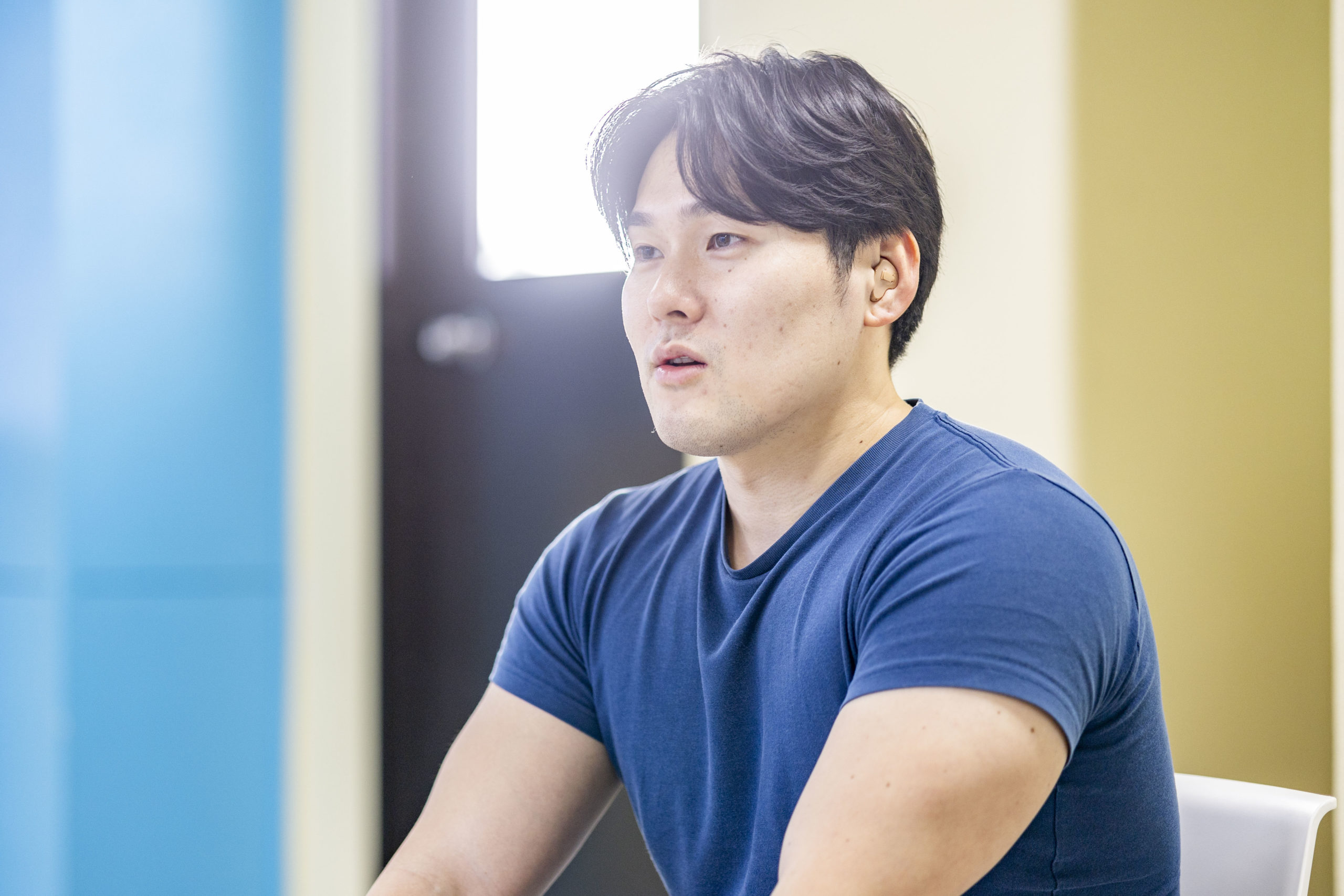
What was it that got you interested in swimming?
“We’ve always had a rule in the Fujihara family that we should be able to swim, so my brother and sister also took swimming lessons. My parents encouraged me to start taking swimming lessons in early elementary school as a way to help me overcome my chronic asthma.”
So, have you always been good at swimming?
“I didn’t want to swim at first, let alone even put my face in the water. I had to start by getting used to being in the water. From there, I gradually learned how to swim, and as I became able to swim longer and faster, I started enjoying it more. When your times get better and better and you can see that you’re progressing, it’s a really encouraging thing.”

In your third year of junior high school, you finished 7th in a national competition, then went on to Nihon University Buzan High School, which is famous for its swimming program.
“When I first got the recommendation to go there, I was really excited about going to Tokyo, and also to be able to swim as much as I wanted. I was happy about moving to Tokyo, but from the very first day in my dorm, I couldn’t even eat anything. I got homesick from the very start. I remember calling home and crying then.”
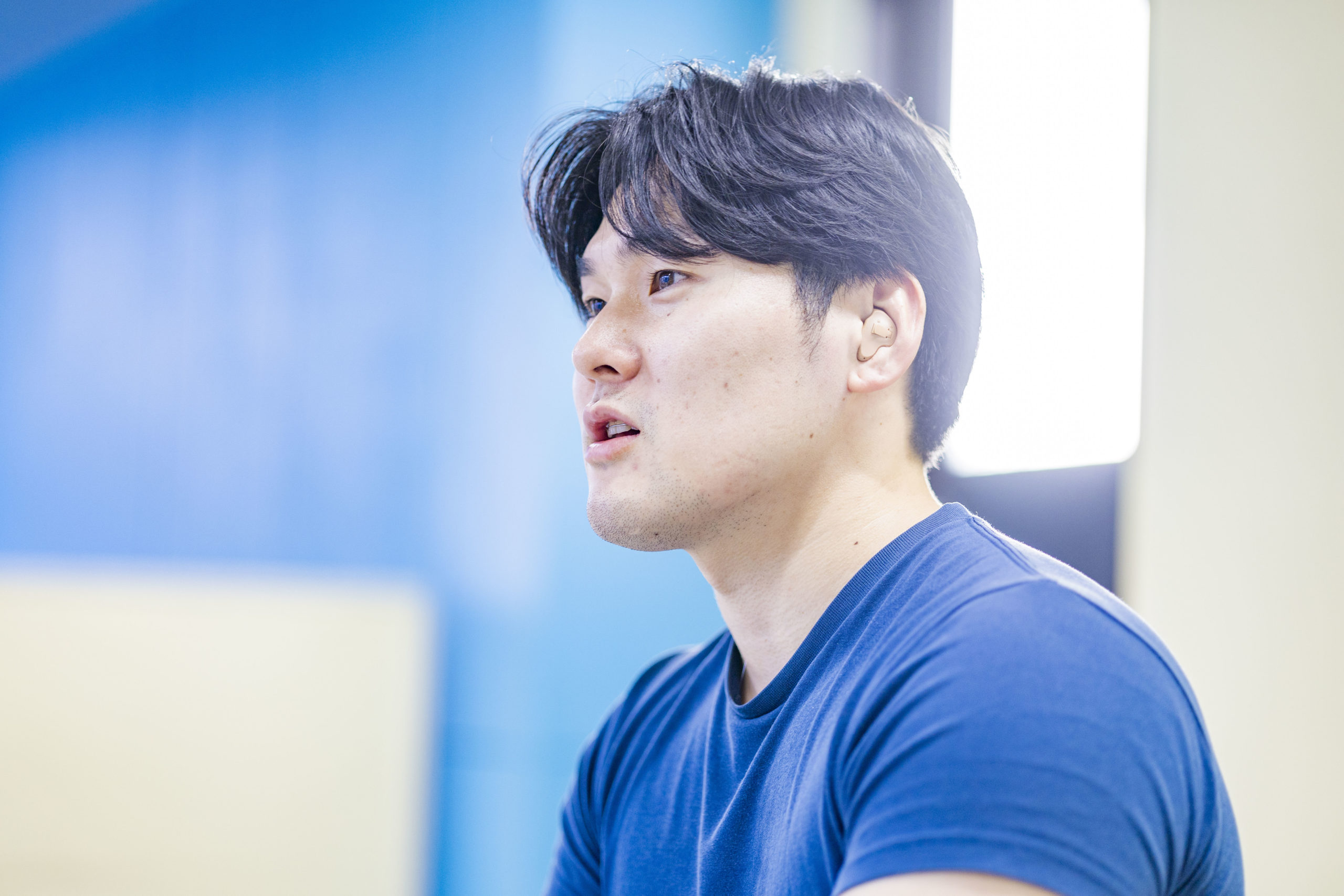
You not only practiced with but also competed against people without disabilities.
“At the time, I didn’t know that there were separate competitions for swimmers who are hard of hearing, so I had been practicing under the same conditions as people without hearing impairments since I was in elementary school. But there was a part of me that felt that I had to do my best in that situation despite my disability.”

Actually, there must have been a lot of difficulties for you.
“Yes, that’s true. First of all, I couldn’t hear the starting buzzer, so I would have to look at the movements of the other competitors around me and time my dive that way, and I also couldn’t hear the bell that is rung at the final turn, so I would have to figure out how far I had swum by myself. Also, I always had to be aware of when they would call up each group that’s due to swim in a certain race so I would know when I was being called. When you think about it, the added handicap of having to concentrate on things other than swimming can be quite significant. So the fact that I was able to earn a spot on the podium alongside other competitors without disabilities made me especially happy.”
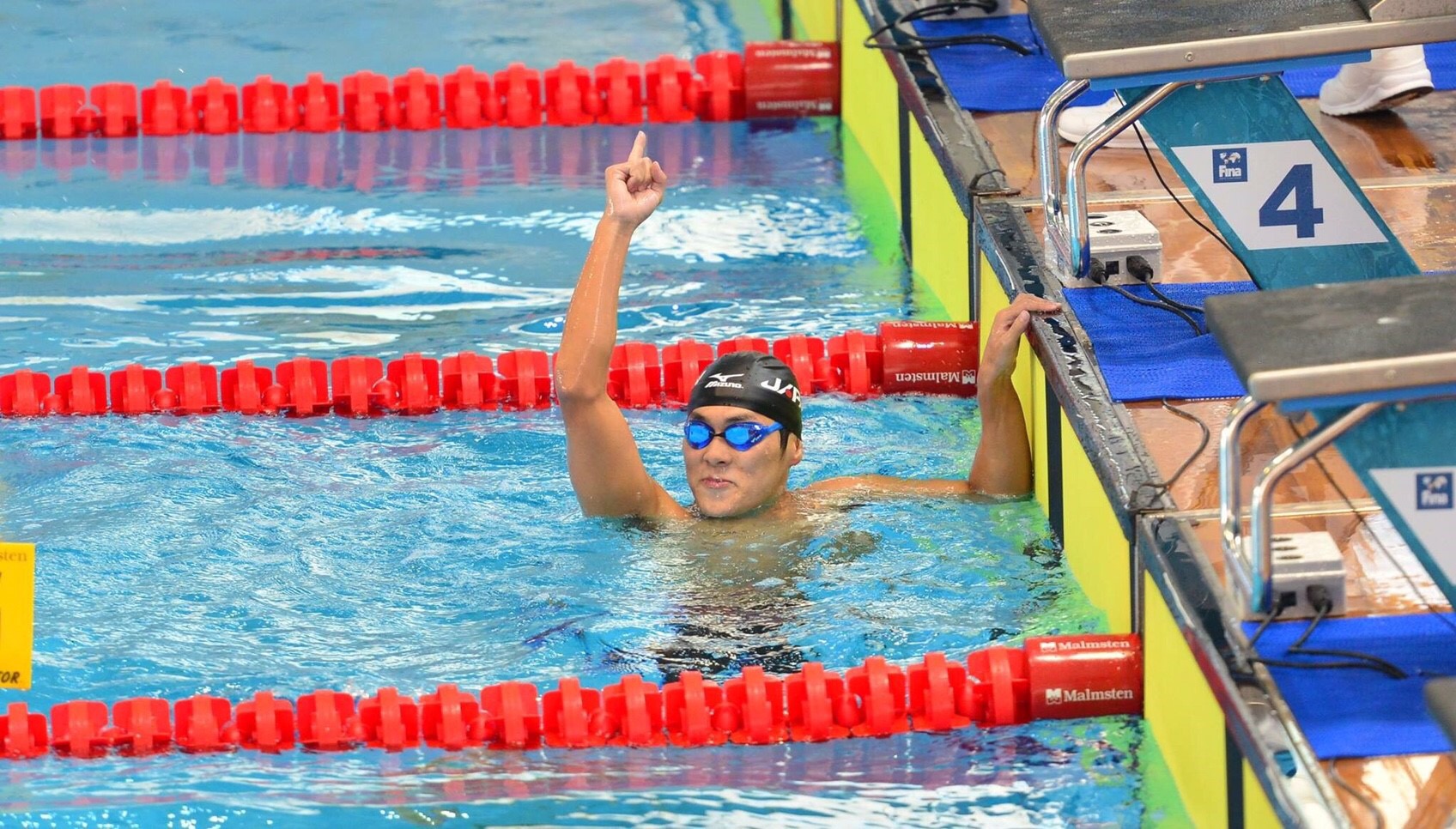
Compared to regular competitions, where you were competing with a handicap, were you able to concentrate more completely on your swimming at the Deaflympics?
“My first time at the Deaflympics was in Samsun in 2017, and the ‘hearing support’ that I experienced there was, in a sense, kind of a shock. For example, they use a flashing light to signal the start of a race as opposed to sound, and in the long-distance races, they place a board in the water to let you know when the final turn is, instead of ringing a bell. With the help of support like that, I was able to put all my energy into my swimming, and my results ended up being better than I expected. I set a new world record in the men’s 1,500-meter freestyle, and also new Deaflympic records in the men’s 400-meter freestyle and 400-meter individual medley.”
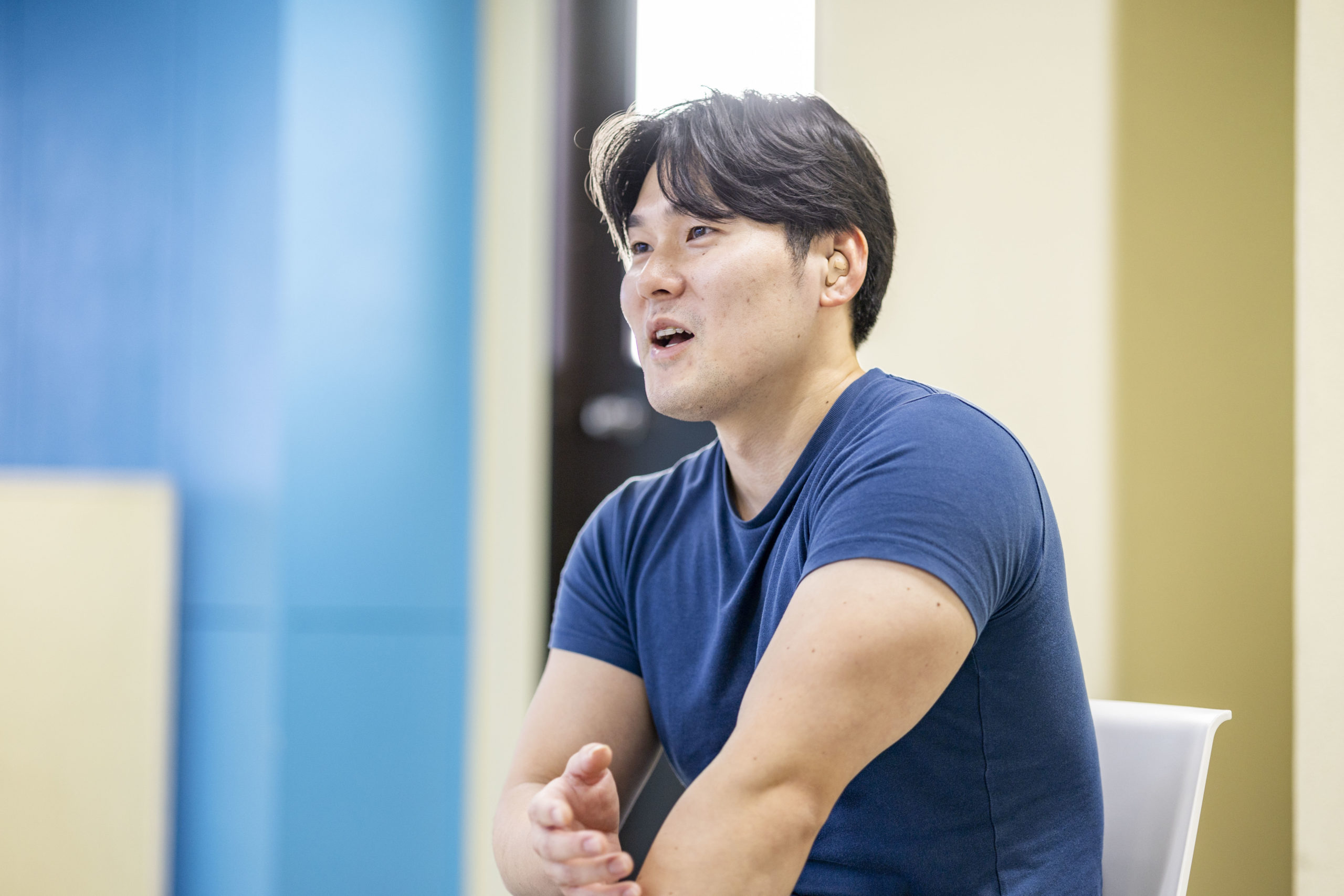
You say you were able to show your true potential at the Samsun Deaflympics 2017, where you broke a number of previous records and won nine medals, including three gold. You also had great results at the Deaflympics in Brazil in 2022, winning gold medals in two events and silver in three events. Now this year, the Deaflympics are finally being held in Tokyo.
“I retired after the Brazil Deaflympics, so I won’t be in the TOKYO 2025 DEAFLYMPICS, but I do get excited when I see poster advertising the Deaflympics on trains and throughout the city. Sometimes I think about what it would be like if I were competing this time, but I’ve decided to leave that to my successors and hope for their success. Also, the medal design looks really nice this time. I really hope that my successors give it their all and can get gold medals of their own.”
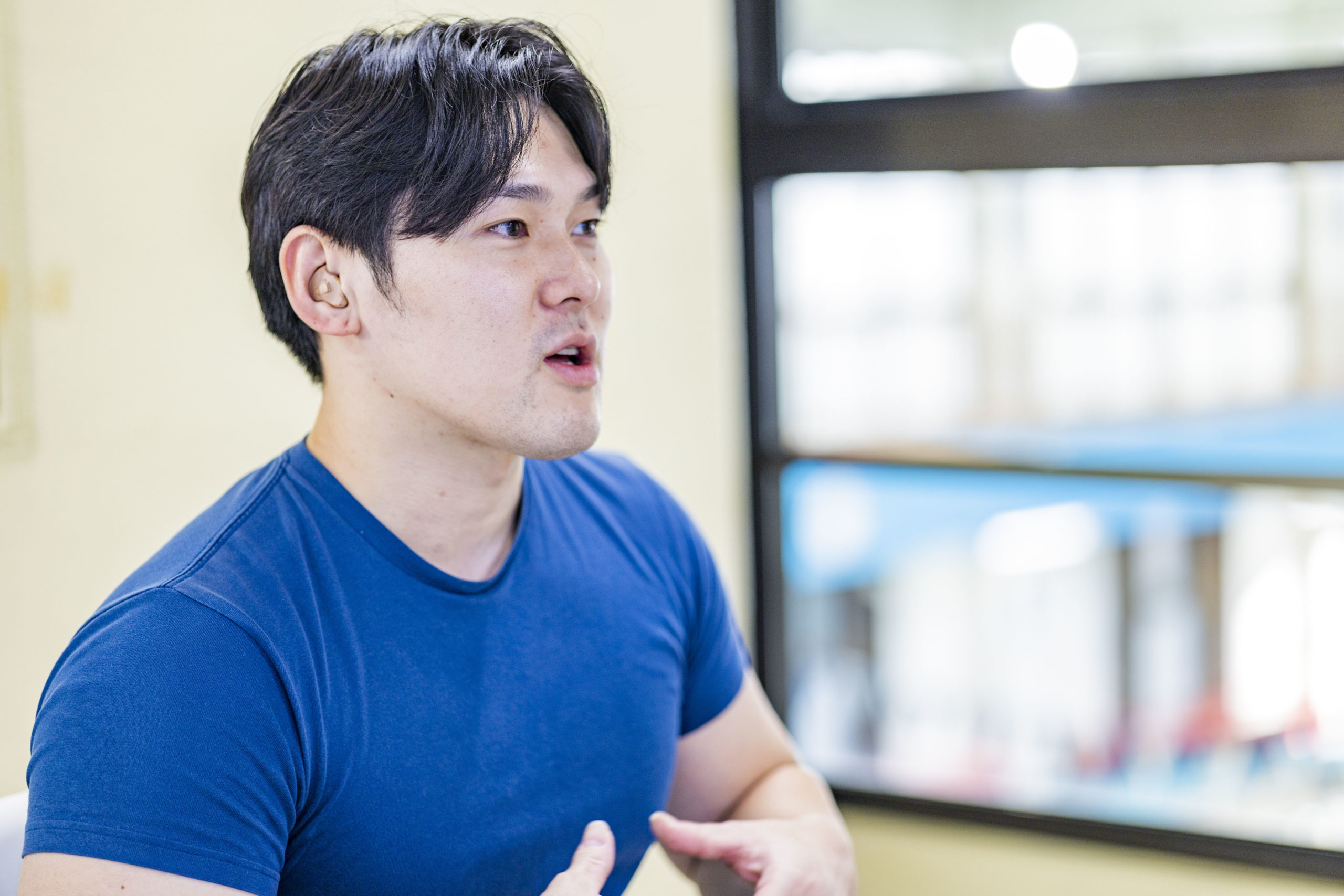
A lot of people will likely be learning about the Deaflympics for the first time.
“First of all, I feel that the best way to raise awareness about hearing disabilities is through this competition. Instead of sound, the competitors use things like light and text to make their decisions and communicate using sign language. It’s also a good opportunity for people to learn about other creative ways people communicate when they’re unable to hear.”
It’s also a chance for people to feel closer to those with hearing disabilities.
“People tend to view disabilities in a negative light, but disabled people are every bit as cheerful and positive as anyone else. Many of them have great strength in their hearts, and every time I meet another disabled athlete, I also feel like I’m getting some of that positive energy from them.”
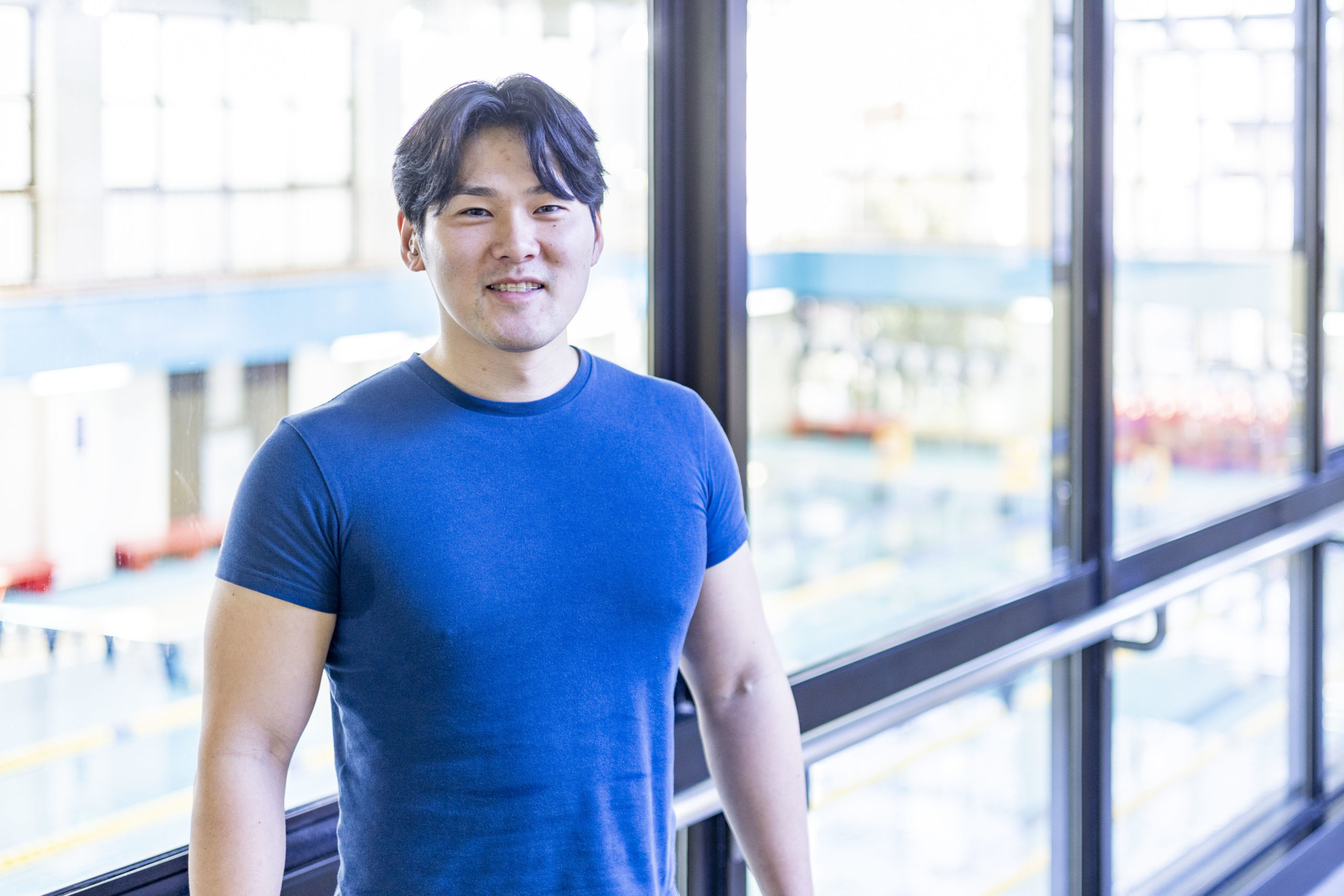
Since the Deaflympics are an international tournament, there will be many competitors coming from abroad, as well as staff and spectators. What are some spots in Tokyo that you recommend?
“I quite like Otemachi. It’s right by Tokyo Station and the Imperial Palace, and all the neatly aligned skyscrapers that line the streets give it a feel that it’s THE Tokyo, so to speak. I also like that the roads there are straight, wide, clean, and very easy to walk along.”
You apparently keep in touch with athletes around the world.
“I became friends with athletes from a lot of different countries - the US, Italy, Argentina, and so on - when I competed with them at the Deaflympics, and we still keep in touch with each other on social media. When I went to Italy, an Italian friend of mine took me to a restaurant there that’s famous for its delicious sandwiches. I really like bread, so it seems like they did some research for me. So this time, at the TOKYO 2025 DEAFLYMPICS, it’ll be my turn to show the foreign athletes around. I want to take them to places like izakayas, where you can enjoy really good Japanese food and drinks in a fun, casual atmosphere. I need to think long and hard about which restaurant I’ll take them to. I think interactions like this are one of the most appealing parts of the Deaflympics. So I’ll be enjoying the TOKYO 2025 DEAFLYMPICS to the fullest in my own way.”
<Profile>
FUJIHARA Satoi
Born in 1995 in Shimane Prefecture. An illness during his infancy resulted in moderate hearing loss. Began swimming early in elementary school, and finished in 7th place in the 400-meter freestyle at the Nippon Junior High School Tournament in swimming in his third year of junior high school. Competed in two consecutive Asia Pacific Deaf Games in 2012 and 2015, winning a total of 12 medals, including 8 golds. Competed in two Deaflympics, Samsun in 2017 and in Brazil in 2022, setting a new deaf world record of 15 minutes and 37.64 seconds in the 1,500-meter freestyle and winning 14 medals, including 5 golds.
Discover information on international competitions being held in Japan, as well as information about spots and activities where you can enjoy sports.
Enjoy a variety of sports with these helpful tips.
SPORTING JAPAN